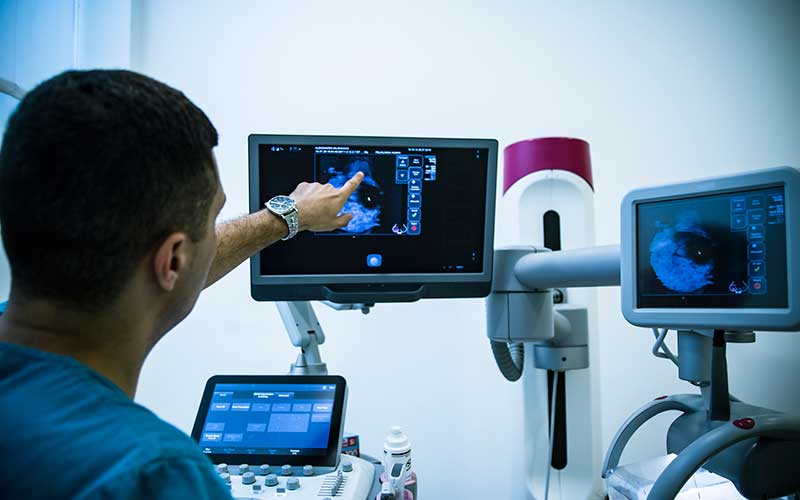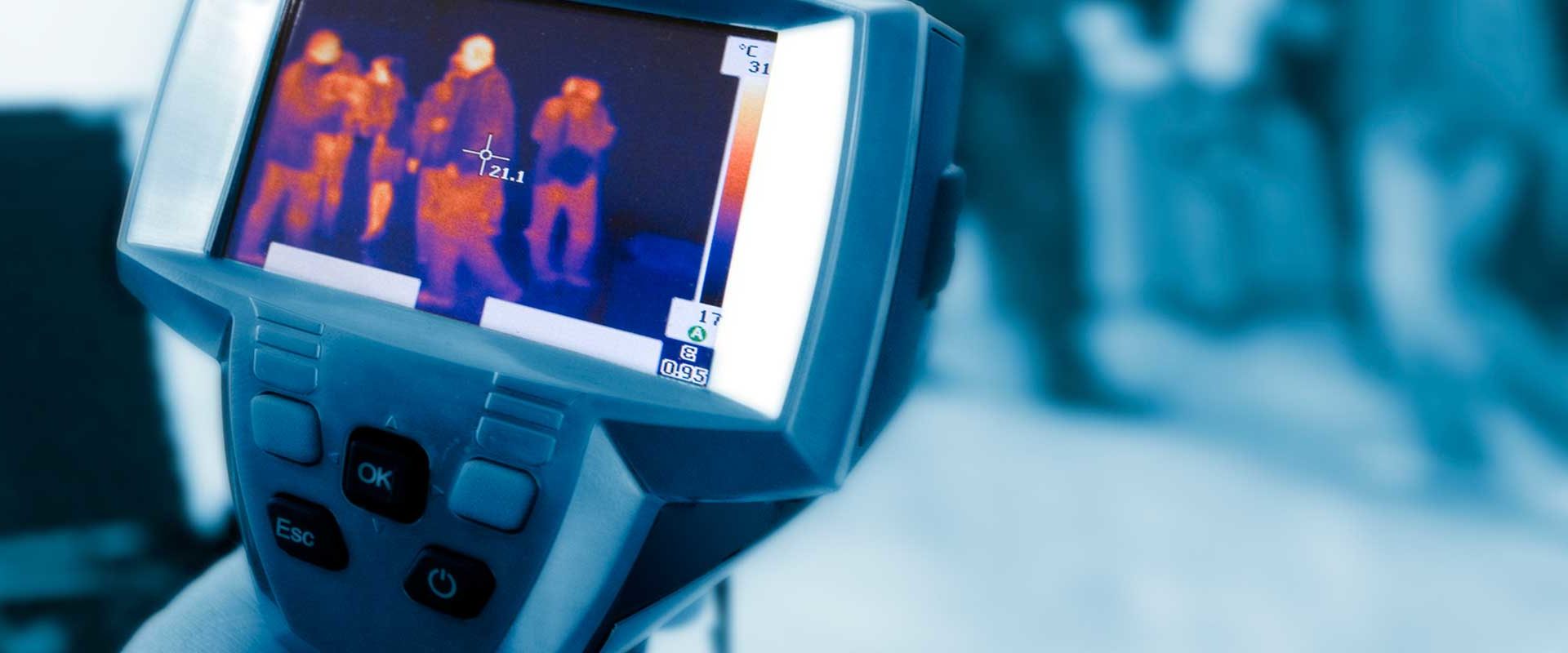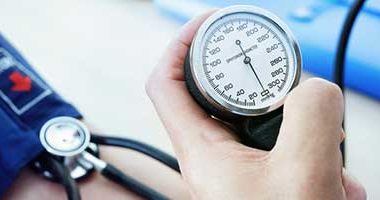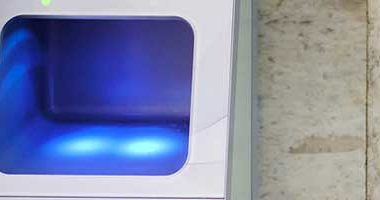Infrared thermography technology is the process of detecting thermal radiation using thermal imaging cameras. Thermal imaging cameras are mostly associated with industrial and maintenance industry but they are now finding a wider range of application use. This article looks at how that same technology is being used in the medical industry to detect a wide range of health issues. Most diseases show patterns through the distribution of heat in the body and having a non-contact method of detected the body’s temperature offer flexibility in terms of the diagnosis but also a cost-saving way with inexpensive equipment.
What is thermography?
Thermography or thermal imaging is the ability to detect infra-red radiation and produce coloured images of that radiation. Infrared radiation is emitted by all objects where the temperature is above zero degrees Celsius. The main benefits of using this type of technology is that it does not require visible light and does not require contact.
These conditions are perfect for use in some industries that could be considered dangerous such as emergency services. Firefighters use thermal imaging cameras to see through smoke, this allows them to safely locate people quickly in harsh conditions such as a burning fire. They are also used to locate the source of a fire by identifying the strong heat patterns from the imaging and can then action a strategy to control a burning fire. Engineers for power companies also use this type of equipment to detect potential hotspots on the power lines, which are a sign of a potential immediate failure and the result of no power to homes and businesses could be catastrophic.
Technology has evolved over the years in terms of thermography camera equipment and what was once very bulky equipment has now emerged into hand-held devices, which is much more convenient for engineers and field service technicians. This is due to the use of FPA sensors, where the resolution us much lower than optical cameras it allows live viewing in real-time as opposed to taking a snapshot and taking time to analyse that data.
Thermography in the medical industry

Medical thermography is used as an early pre-clinical diagnosis to treat patients that have homeostatic imbalances. Thermal imaging equipment can be used to take readings of your body’s temperature in detail, utilising high-speed computers and accurate thermal imaging cameras. Medical experts are then able to map out a full thermal image of the body to analyse hot and cold areas which can relate to several medical conditions. The digitisation also allows shared data between other medical experts or the patent themselves with ease.
The most popular area applied to medical thermography is the detection of breast cancer. Thermography is used as a screening tool in the detection of breast cancer and has been used in the last decade. Since this technology has been given approval in the medical industry it has saved thousands of lives in the early diagnosis of breast cancer.
The diagnosis works by detecting the metabolic activity of the tumour tissue and comparing it to the temperature of the tissue next to the tumour and in the opposite breast. By comparing the breast in question with a normal breast, abnormal heat patterns associated with the metabolism of the tumour can easily be detected. The difference in temperature is also known as Delta T in the medical industry.
This type of early detection using thermography is seen as a completely safe method to screen patients for breast cancer using similar technology to thermal imaging that is available in the consumer market.
Infrared thermometers
Remarkably similar technology to thermography are infrared thermometers. They use the temperature part of the thermal radiation also known as block body radiation emitted from an object or person. They are non-contact thermometers, usually guided by a laser, to detect temperature from a distance. Like thermography, they have been in use for many decades in certain industries that require contactless readings of temperature that can be carried out at a distance.
Infrared thermometers are used by engineers to detect thermal hotspots in mechanical or electrical equipment where temperature sensors are not present. They are preferred over other methods due to having the ability to detect thermal radiation from moving objects since the devices are very responsive and almost little or no delay in reading the temperature.
An example of measuring moving objects could be field service engineers checking conveyor belts in a manufacturing processing plant or other moving machinery where temperature control is necessary.
More recently they have been used as a medical tool to detect the body temperature of patients and most importantly non-contact and from a distance. Since the COVID-19 outbreak there has been a surge in demand for these devices as one of the symptoms for COVID-19 is an elevated temperature. Having the ability to detect body temperature from a distance is vital not just for the medical industry but also in the retail and hospitality industry, to help prevent the spread of COVID-19.
Whilst infrared thermometers offer a convenient way to measure an objects or persons temperature, it is also very import to ensure that you select the right type of device for the desired application to ensure high accuracy of readings. In the medical industry this is vital as some hand-held thermometers can have a fault reading of +/- 2 degrees Celsius or 4 degrees Fahrenheit. There is a specific devise for reading long range distances and for limited distances both offering a high accuracy.











